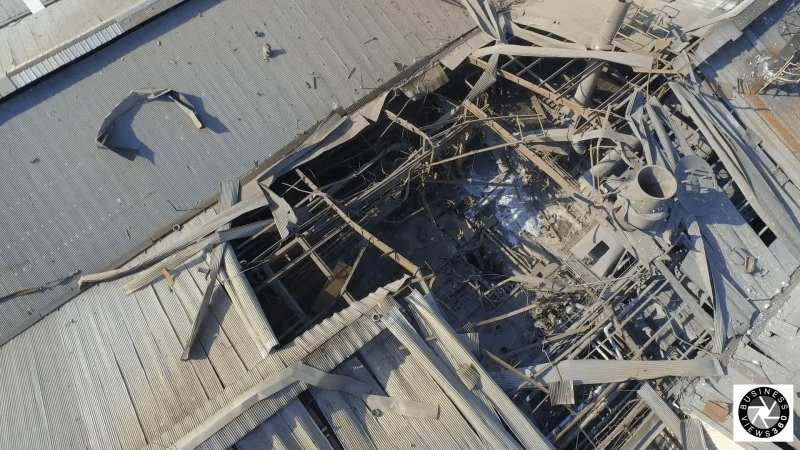It is not uncommon for a Hackaday writer to trawl the comments section of a given article, looking for insights or to learn something new. Often, those with experience in various fields will share kernels of knowledge or raise questions on a particular topic. Recently, I happened to be glazing over an article on aluminium casting with interest, given my own experience in the field. One comment in particular caught my eye.
And no, the water won’t cause a steam explosion. There’s a guy on youtube (myfordlover, I think) who disproves that myth with molten iron, pouring the iron into water, pouring water into a ladle of molten iron and so on. We’ll be happy to do a video demonstrating this with aluminum if so desired.
Having worked for some time in an aluminium die casting plant, I sincerely hope [John] did not attempt this feat. While there are a number of YouTube videos showing that this can be done without calamity, there are many showing the exact opposite. Mixing molten aluminium and water often ends very poorly, causing serious injury or even fatalities in the workplace. Let’s dive deeper to see why that is.
The Magic Of Oxide Layers
One of the reasons aluminium is so prized as a material is for its resistance to corrosion. Raw aluminium readily forms a tough oxide layer when exposed to air, which protects the metal from further corrosion or reactions with many chemicals. This oxide layer can form incredibly quickly, and is one of the reasons why many YouTubers have managed to pour molten aluminium into water without injury. Given the right conditions, the aluminium can form an oxide layer as it travels through the air from a ladle towards a bucket of water. Many use this dangerous, risky demonstration as “proof” that major explosions from aluminium and water are a “myth”.
Of course, get a job at a casting factory and you’ll quickly realise how serious the matter is. It’s not unusual for facilities to entirely ban disposable water containers and soft drinks, for fear a discarded container could end up in a scrap bin and carry moisture into a melt furnace. In my work as a casting engineer, bringing a water bottle or can of soft drink on site carried a warning for the first offence, and instant dismissal for the second. The danger is simply too high to take half-measures where safety is concerned. Casting operations generally require all employees to watch safety videos that make the risks clear, prior to working on the casting floor.
Examples of the danger are readily available. Often, incidents can occur when molten aluminium is poured into a mould containing moisture. Another risk area is when loading scrap material into a furnace. The scrap aluminium itself can be wet, or bottles containing fluid can be …read more
Source:: Hackaday

